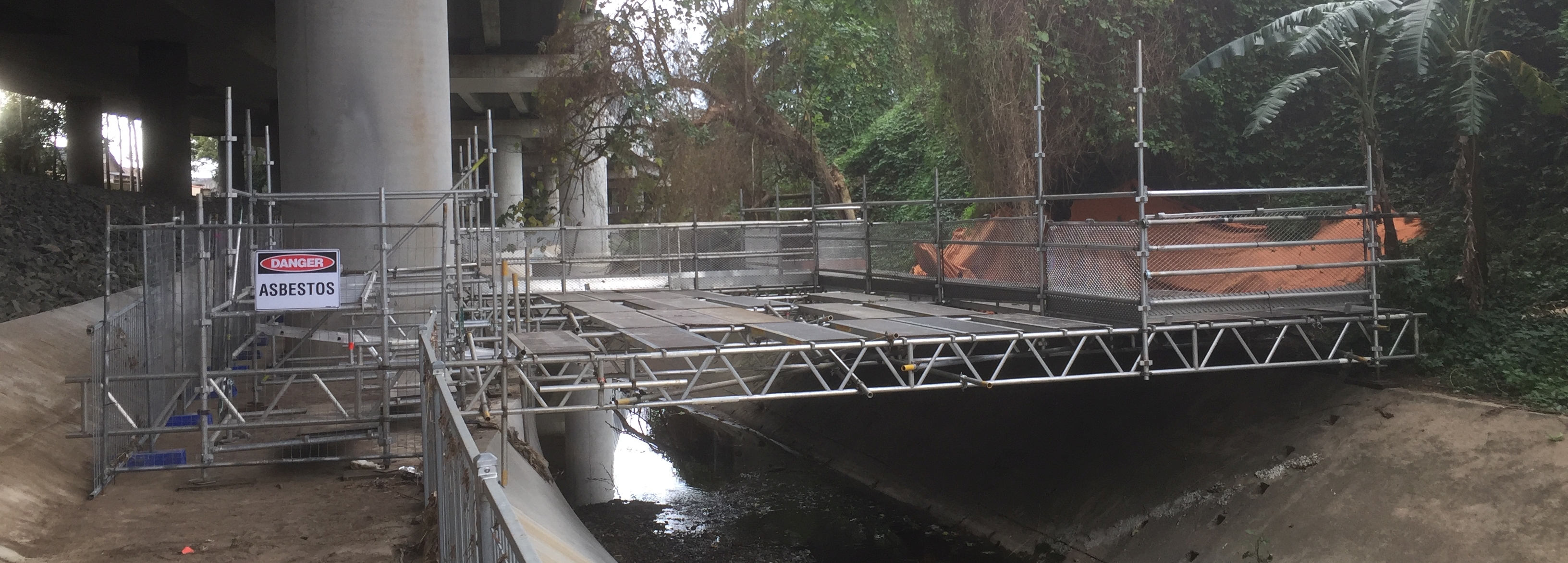Dorothea Mackellar OBE (1885-1968) was a poet and fiction writer who was best known for her poem “My Country”. It is the second stanza of this famous poem that is best known:
I love a sunburnt country,
A land of sweeping plains,
Of ragged mountain ranges,
Of droughts and flooding rains.
I love her far horizons,
I love her jewel-sea,
Her beauty and her terror
The wide brown land for me!
The poem spans six full stanzas, yet it is this one that is recited by even the least literary Australians. The contrast in the lines often providing a poignant focus for individual experiences within the harsh reality of living in Australia. Drought continues throughout most of the country. Even those areas that did receive some rain, it was at below average levels for the month, and above average temperatures have offset this smallest of reprieves. Some areas are still showing “Lowest on record” rainfall deficiencies for over a year. (Bureau of Meteorology)
It is the fourth line “Of droughts and flooding rains” that resonates with this project, as both of those elements played a part in the lead up. With most of the country still in drought, recent flash floods in coastal NSW found an area of landfill adjacent to an aqueduct that was so dry that the water carried away a significant portion of the topsoil covering it. This perhaps may not have needed a lot of remediation if the landfill had not been “donated” as free landfill by James Hardie in the 70’s.
The unfortunate possibility of uncovered Asbestos within a residential area required specialised personnel to access and correct the site to prevent the release of any material. This now presented an access problem.
As can be seen in the photos, the area was readily accessible on the other side of the aqueduct, however there was insufficient flat ground for a team to work around the eroded area. The 12 metre long erosion was 10 metres away across a stormwater channel from the nearest stable ground.
Mr Scaffold created a 15 metre long 3 metre wide working platform that spanned the length of the affected area. The working platform was created with a completely open access to the erosion site, however extra height guardrails with full toeboards and mesh screening was applied to the remainder of the platform and bridge. Access to the working platform was provided by a 2 metre wide bridge across the channel.
All of this was supported on 7 layher beams that spanned the waterway, with each cross braced against the other, and tied into securely footed levelling jacks on either side. The whole platform and bridge presented a stable and reliable working area so the remediation work could be completed without delay. The platforms that you can see in the pictures that are outside the protection of the guardrails, are there for the scaffold erection and dismantle crew only.
Clearly seen in all the photos, the exact positioning of the scaffold erection was dictated by the presence of a large support pilon for the motorway above. The crew utilised this by surrounding the pilon with a close structure of standards and ledgers. At the end opposite to the majority of the build, they used a ledger beam, which is reinforced to provide increased strength and rigidity. They then cross hatched the corners of the bay close to the pilon, to effectively tie in the pilon to the scaffold. This increases the stability of the scaffold as a whole and provides an anchor point to prevent yaw.
The use of aluminium scaffold reduced the erection and dismantle times on this project, minimising overall timelines and delays.
If you want to help our farmers who are still suffering in prolonged drought conditions, please visit our friends at City Slickers Appeal





